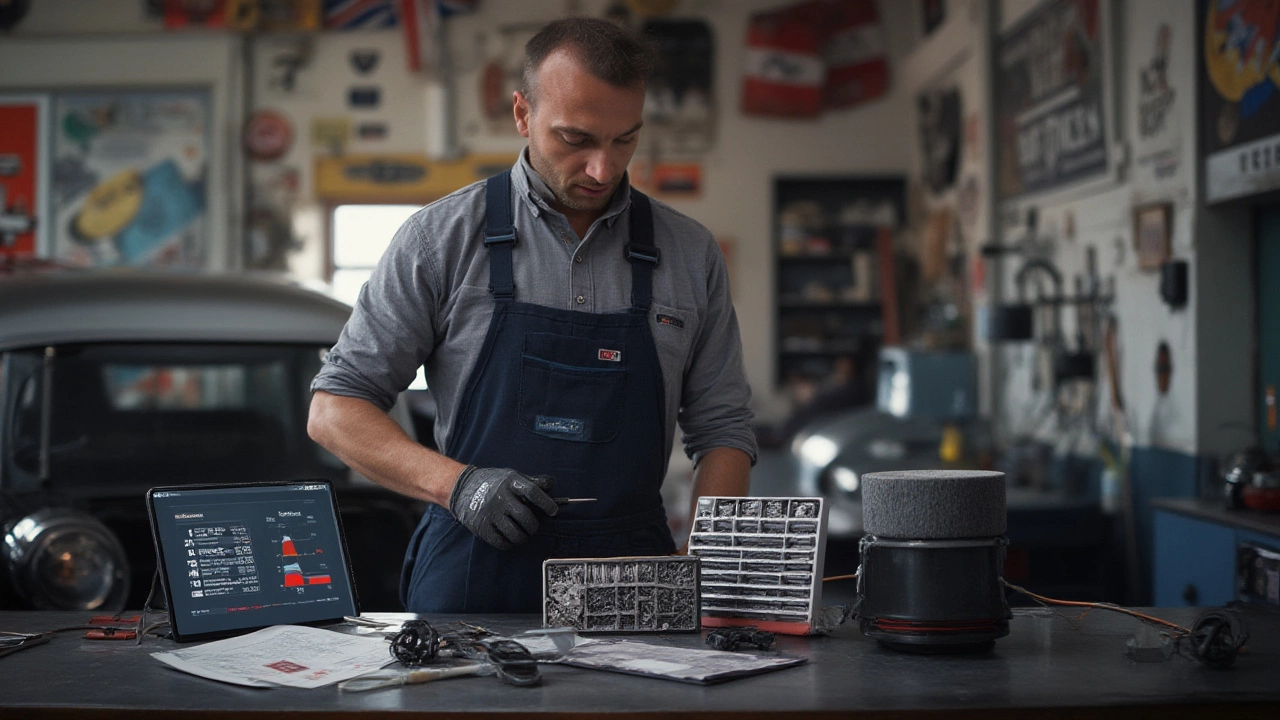Air Intake Upgrade: Real Benefits and Simple Steps
If you want a quick way to make your car feel livelier, an air intake upgrade is a solid choice. Swapping the stock box for a cold air intake or a high‑flow filter lets the engine breathe easier, which usually means a little more power and a sharper throttle response. Most folks notice a perkier feel within the first drive, and the sound can get a sporty edge without being obnoxious. Below we break down what to expect, how to pick the right kit, and how to install it safely.
What the Upgrade Actually Does
A stock intake pulls air from inside the engine bay, where it’s warm and a bit dusty. Warm air is less dense, so each combustion cycle gets less oxygen. A cold air intake routes outside air straight to the throttle body, keeping it cooler and denser. More oxygen means a small boost in horsepower—typically 2‑5% on most street cars. Besides power, you’ll notice quicker response when you press the gas, especially after a stop. The louder draw sound many owners love comes from the larger opening and smoother airflow.
Choosing the Right Kit for Your Car
First, check if a direct‑fit kit exists for your make and model. Direct‑fit kits are designed to bolt in without cutting or drilling, which keeps the job simple and reversible. If a direct‑fit isn’t available, look at universal kits that use clamps and hoses. Make sure the kit includes a high‑flow filter—some cheap kits ship with paper filters that don’t improve performance much.
Next, think about your driving style. If you spend most of your time in city traffic, a modest upgrade will give a noticeable perk without sacrificing low‑end smoothness. If you’re into track days, you might want a larger pipe and a high‑flow filter that can handle higher airflow rates. Keep an eye on the price: a quality kit usually runs between £80 and £250, and the cheap end may cost less but could need extra tuning.
Finally, verify if your car’s ECU needs a tune after the swap. Many modern engines run a leaner mixture with a cold air intake, which can cause a check‑engine light if the ECU isn’t recalibrated. Some kits claim “no tune required,” and they often work fine on older cars. For newer models with turbochargers or direct injection, a mild tune can unlock the full gain and keep the engine safe.
Installation is usually a weekend project. Disconnect the battery, remove the factory intake, and replace it with the new components. Follow the kit’s instructions step‑by‑step and double‑check all clamps for tightness. After you finish, start the engine and listen for any odd noises—nothing should rattle. A quick scan with an OBD reader can confirm the sensor readings are normal.
In short, an air intake upgrade is an easy, affordable way to add a little zip to your daily drive. Pick a kit that fits your car, watch the price, and decide if you’ll need a tune. With the right choice, you’ll enjoy more power, a livelier sound, and a cooler engine without breaking the bank.
Curious if a performance air filter actually adds real horsepower to your car? Discover practical power gains, myths, and expert insights with realistic results.

